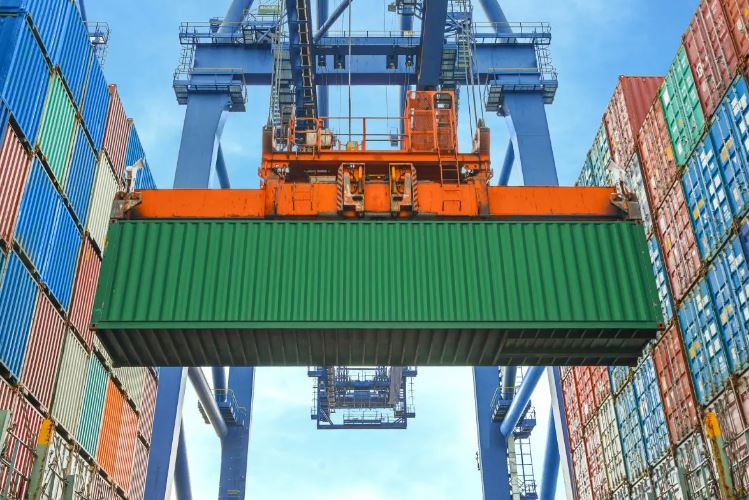Reached the agreement between the Council and the European Parliament on the CO2 tax at the border
(sustainabilityenvironment.com) – Those who want to export iron, steel, cement, aluminium, fertilisers and electricity produced in third countries to Europe will soon have to buy carbon credits to cover the emissions incorporated in these goods. At the same price applied in the ETS. Thus playing on equal terms with European companies. At 5 am the EU Council and Parliament reached political agreement to launch the Carbon Border Adjustment Mechanism (CBAM), the CO2 tax at the border that is part of the legislative package Fit for 55. It is the first time in the world that a country has introduced such a measure.
What is the CO2 tax at the border for?
The CO2 tax at the border is a tool designed for two purposes: To defend European industry from competition from producers who are under less environmental constraints and to put pressure on trade partners to align their climate policy with that of Brussels. CBAM, in fact, applies to consignments of goods that are produced with a cost of CO2 lower than the European one. It is the only mechanism “that we have in order to stimulate our trading partners to decarbonize their manufacturing industry”, and it is also “an alternative to our current carbon leakage measures, which will allow us to apply the “polluter pays” principle to our industry,” explains Dutch MEP Mohammed Chahim.
Read also Carbon market: only 4% of emissions are covered by a CO2 price aligned to 1.5 ºC
The details of the agreement: entered the hydrogen
Compared to the text presented by the Commission in July 2021, the one fired by the two European co-legislators has some small but significant changes. The first concerns products that will be subject to the carbon adjustment mechanism at the border. The most important is the inclusion of hydrogen in the list of goods subject to CBAM. The basket of goods was then also extended to indirect emissions (only under certain conditions), to some precursor materials and certain types of goods in the downstream segment such as screws and bolts.
The CO2 tax at the border will be in force from 1 October 2023, initially with a pilot phase where only the obligation to report the incorporated emissions for goods entering the EU single market will trigger. The request to buy carbon credits at customs will then be introduced gradually, in parallel with the phase-out of free ETS permits. In this way, the EU hopes to avoid repressing the World Trade Organisation, which will scrutinise the CBAM to verify that it is not a ‘protectionist‘ tool.
The phase of transition will serve also to the EU commission in order to estimate if to expand the tax on the CO2 to customs also to plastic polymers and organic chemical materials that fall within chapter 29 of the Combined Nomenclature (such as halogenated, sulphonated, nitrated or nitrosated derivatives of hydrocarbons, alcohols, phenols and others). By 2027, the EU executive will also assess the CBAM on the basis of progress in international climate agreements and the impact it has had on the least developed countries.

